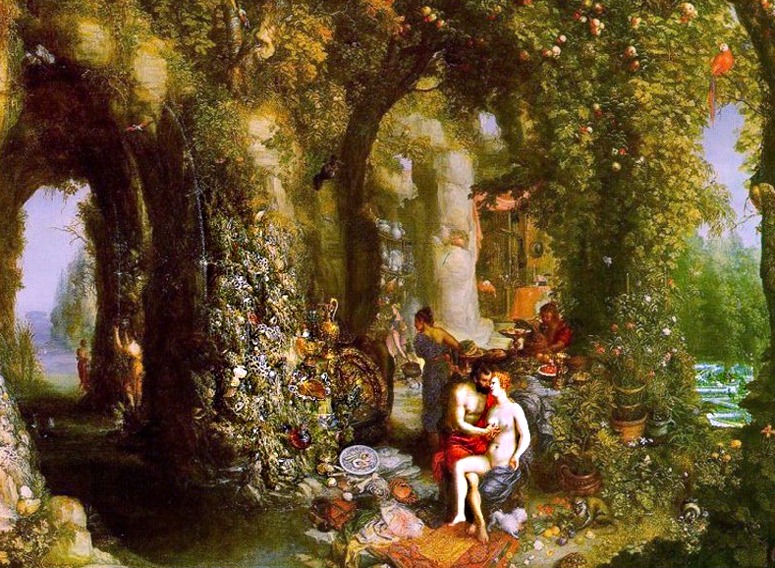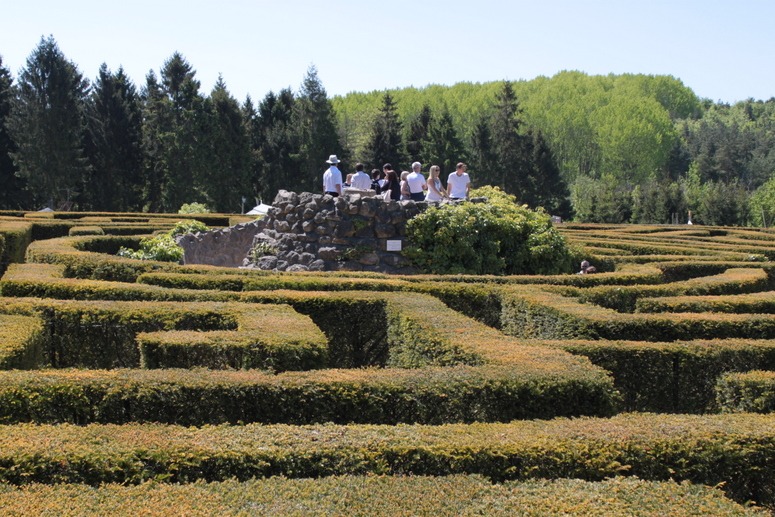Garden grotto design can help save planet Earth
The Fantastic Cave Landscape with Odysseus & Calypso was painted by Jan Brueghel The Elder with Hendrick de Clerck. It looks the other way about, but its theme is the seduction of Odysseus by Calypso. Boccaccio, writing in the mid-fourteenth century, uses a grotto in one of his tales: …. “he let himself down thereby into the grotto and there awaited the lady, who, on the morrow, feigning a desire to sleep, dismissed her women and shut herself up alone in her chamber; then, opening the privy door, she descended into the grotto, where she found Guiscardo. They greeted one another with marvellous joy and betook themselves to her chamber, where they abode great part of the day in the utmost delight; and after they had taken order together for the discreet conduct of their loves, so they might abide secret, Guiscardo returned to the grotto, whilst she shut the privy door and went forth to her women. The night come, Guiscardo climbed up by his rope to the mouth of the tunnel and issuing forth whence he had entered in, returned to his lodging; and having learned this road, he in process of time returned many times thereafter”. In history, garden grottoes are associated with the Earth Mother, Gaia, who was also manifest in the house, the courtyard and the womb. James Lovelock’s Gaia hypothesis, holds that the Earth (atmosphere, cryosphere, hydrosphere and lithosphere) form a single complex interacting system – an organism. Garden designers can help save the planet by building grottoes which remind everyone to love and respect our fructiferous Earth. Grottoes also give gardens conceptual and perceptual depth, defining their status as a thin biotic layer between the heat of the sun, the thin wet layer, and the heat of the magma. I am confident that a grotto could win a Best Garden Design in Show Award at the Chelsea Flower Show. So “Bring Back the Grotto”.









